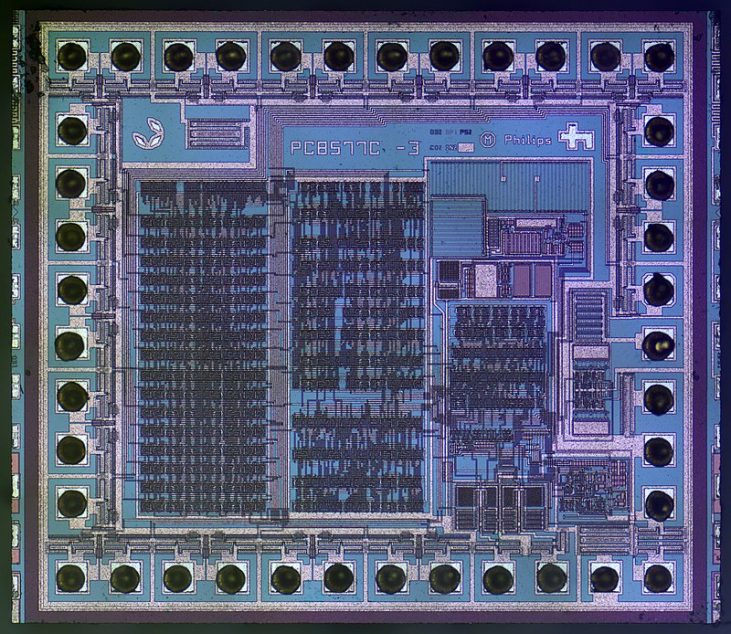
Assistant Professor of Engineering Ping-Chuan Wang has studied computer chip longevity since his time in the private sector at IBM. Now at SUNY New Paltz, he’s inviting students to join him in this important computer engineering research.
Wang’s most recent project, featured in the Journal of Applied Physics’ Jan. 14, 2024, issue, centered around the issue of electromigration, or the longevity of electric current in the computer chips that power digital devices.
He worked with multiple New Paltz students on this cutting–edge study, which found positive preliminary results to explain why adding copper to an aluminum-wired microchip makes technological devices such as laptops and smartphones last longer.
“Semiconductor manufacturers typically used aluminum to power up their microchips, and this was leading to quick burnout,” Wang said, “but adding a tiny amount of copper wire seemed to rectify this.”
Over the course of a multi-year study, Wang enlisted support from students Kieran Cavanagh ’21 (Mechanical Engineering; Mathematics), Nigel Caprotti ’19 (Mechanical Engineering) ’24g (Electrical Engineering), and James Gordineer ’24 (Mechanical Engineering).
Each student brought their own significant contributions and innovations that supported the final publication.

For instance, Cavanaugh helped correct an equation related to the atom migration process of a computer chip wire.
“This showed me that I can apply math equations to real-life problems,” he said. “As a mathematics major, this experience was definitive in how I view the field today.”
Caprotti, developed an algorithm to analyze a large amount of experimental data, before passing it on to Gordineer to simplify it.
“Working on this gave me the hands-on experience I may have not had in a classroom,” said Gordineer.
For each of these three contributors, the value of these experiences is paired with the significance of earning a publication credit in one of the field’s most prestigious publications. Cavanagh is now a doctoral candidate in mathematics at Penn State University, while Caprotti is an engineer for the semiconductor manufacturing company Global Foundries.
“This was a years-long study that can now be seen by scholars in this field, which means a lot to me as someone aspiring to be one myself someday,” said Cavanagh.
Gordineer and Wang have also taken their scholarship around the country. Together, they presented their findings at the 2024 Minerals, Metals, and Materials Society (TMS) Conference in Florida, which gave the graduating senior a chance to interact with esteemed experts and scholars.
“I never expected my research could reach these levels,” said Gordineer. “I now feel prepared for the world of engineering.”
Click here to learn more about undergraduate research opportunities at SUNY New Paltz

